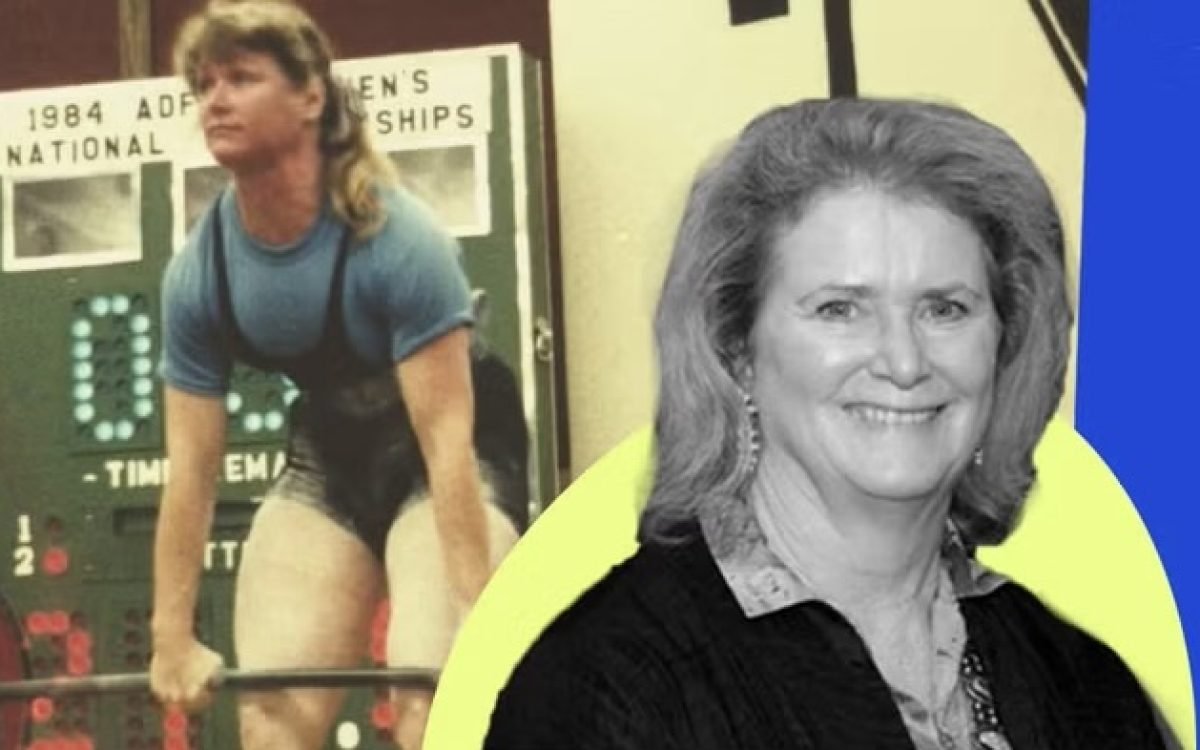A Historic Lift That Changed Everything
On May 3, 1975, at the Central YMCA in Chattanooga, Tennessee, a powerful young woman named Jan Todd rewrote history. At just 22 years old, she performed a deadlift that sent ripples across the world of strength sports. Her lift—394.5 pounds—barely surpassed the existing women’s deadlift world record of 392 pounds, a mark set nearly 50 years earlier in France by Jane de Vesley in 1926. Though the margin was only 2.5 pounds, the symbolic weight of that lift was enormous.
This wasn’t just about numbers. Jan Todd’s record was a statement. It marked the return of female strength to the public spotlight after decades of cultural suppression, ignorance, and misinformation. Her achievement helped revive an age-old truth—that women have always been capable of great physical strength, and they deserved a space to prove it.
The Forgotten Legacy of Strong Women
It might surprise some to learn that women in the Victorian era were no strangers to strength training. During a time of reform movements that emphasized public health, many schools and societies encouraged women to engage in physical exercise, including weight training. But by the 20th century, those ideals faded.
Why? A professional rivalry between medical doctors and physical educators led to a war over who got to define “health.” Doctors pushed a false narrative that heavy resistance training was dangerous, especially for women. As a result, strength culture became a male-dominated space, and women were gradually discouraged—socially and medically—from lifting heavy.
By the time the 1970s arrived, strong women were virtually invisible in mainstream culture. Jan Todd’s lift, then, didn’t just set a record. It rekindled an old fire and lit the way forward for generations of women to come.
Jan Todd: A Role Model When None Existed
When Jan Todd pulled that barbell off the floor in Chattanooga, she wasn’t just breaking metal records—she was breaking stereotypes. At a time when women were expected to be thin, delicate, and non-competitive, Todd was everything the world told women not to be: muscular, powerful, and unapologetically ambitious.
She was also deeply intelligent. While dominating in powerlifting, she was pursuing her master’s degree, preparing to become a schoolteacher. Unlike the caricatured image of the “lady lifter,” Jan was real, relatable, and visionary. She wasn’t just building her own body—she was building an entire movement.
Around the same time, men’s bodybuilding was becoming mainstream, thanks in part to the 1974 book Pumping Iron, which would later inspire the legendary 1977 documentary of the same name. But where were the strong women? That gap was filled by Jan Todd, who became the symbol of female strength the world didn’t know it needed.
A Trailblazer for Women’s Strength Sports
Jan Todd’s legacy goes far beyond a single deadlift. Her courage and consistency paved the way for landmark moments in women’s fitness and sports:
1977: The first women’s bodybuilding and powerlifting competitions were held. 2000: Women’s Olympic weightlifting debuted at the Sydney Summer Games. The rise of modern-day female strength icons, from rugby player Ilona Maher to tennis legend Serena Williams, can be traced back to Todd’s fearless example.
She showed that being strong and being feminine weren’t mutually exclusive. She inspired a generation of women to reclaim their bodies as sources of power, not objects of perfection.
The World Took Notice
Jan Todd’s influence didn’t go unnoticed by the media. During her decade-long career, she broke so many world records that the Guinness Book of World Records dubbed her the “strongest woman in the world.”
In Sports Illustrated, she was described as “an attractive young woman with a body admirably adapted to its labor”—a backhanded compliment perhaps, but one that still acknowledged the radical nature of her physical achievements.
Even late-night television caught on. Johnny Carson invited her onto The Tonight Show, where she broke one of her own records live on national TV. When Carson asked why she chose to lift weights, her answer was elegant and grounded: it helped her stay in shape and satisfied a deep “fascination in what is difficult.”
You can still find that legendary moment on YouTube, just after the 52-minute mark. It remains a powerful reminder of how far ahead of her time Jan Todd truly was.
More Than Muscle: A Lasting Legacy
Jan Todd didn’t just lift weights—she lifted expectations, barriers, and beliefs. She opened doors that had been closed for decades. And while many know her for her strength, her lasting impact lies in how she reshaped the narrative around what women can and should do with their bodies.
Today, thousands of women compete in strength sports. Millions more lift weights at their local gyms without fear of judgment. Much of this can be traced back to Todd’s quiet but revolutionary choice to pick up a barbell—and to never put it down.
Through her strength, both physical and moral, Jan Todd redefined what it means to be strong. And she did it with grace, intelligence, and a love for what is difficult.
Let me know if you’d like a version with a custom title or for a specific website.






